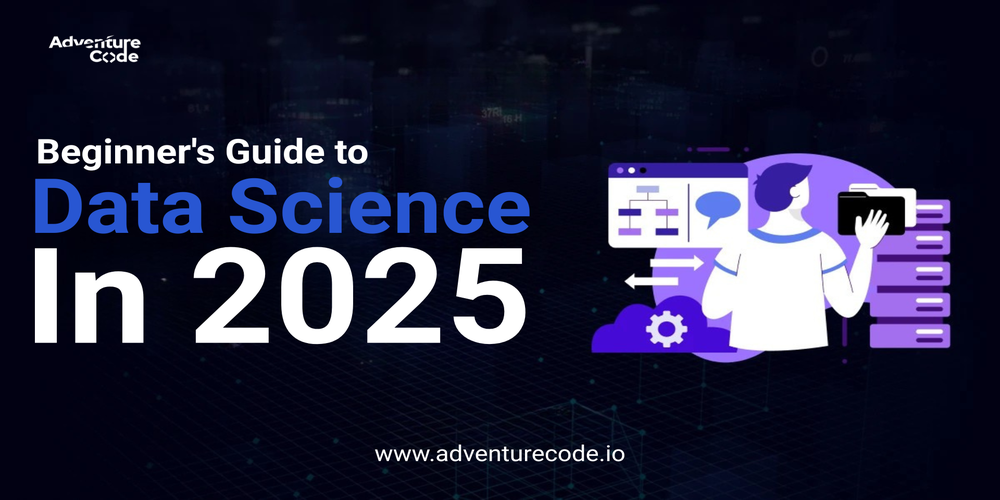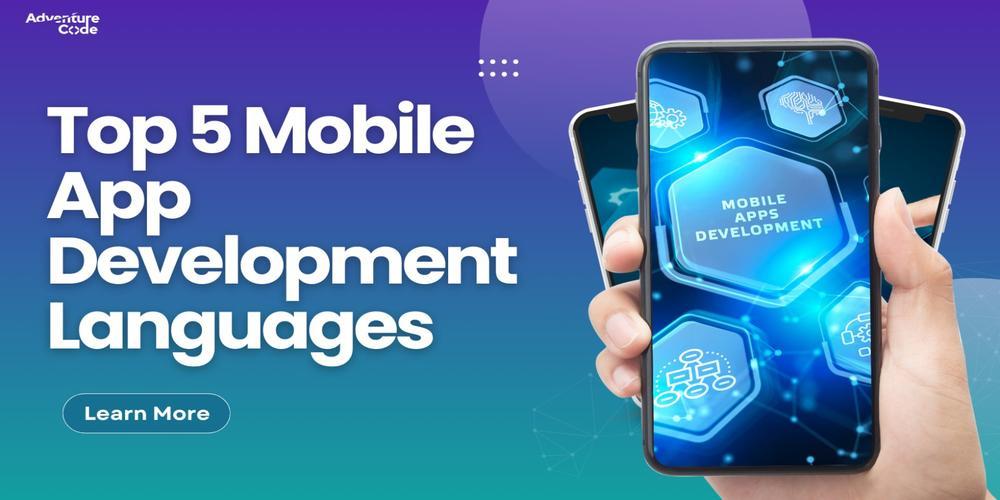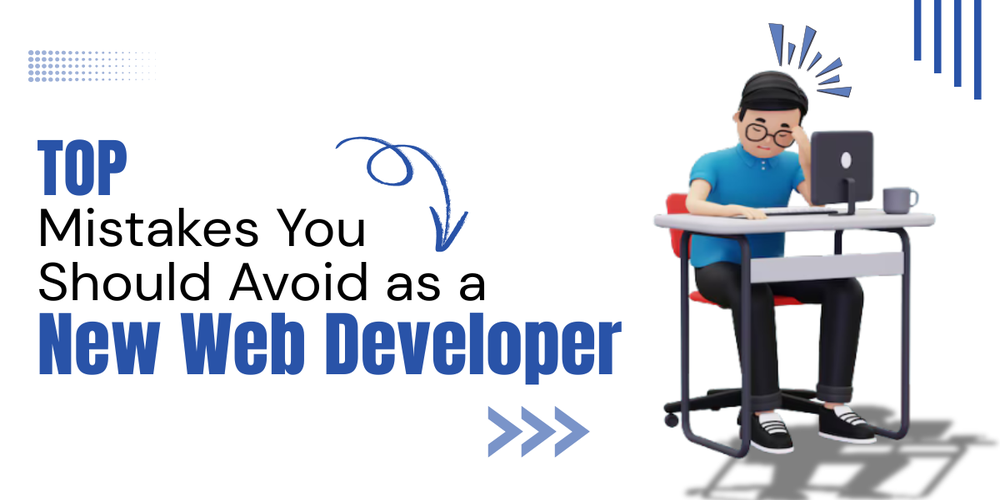Data science is becoming increasingly important as the world gets more data-driven. By 2025, data will permeate every aspect of our lives, from social media and internet browsing to navigating a smart city. Data Science 2025 is a fascinating and fulfilling career option for anyone interested in technology, problem-solving, and analyzing complex information. However, how do you begin? You may learn more about data science, its current importance, and How to Learn Data Science with the help of this Beginner’s Guide to Data Science.
What is Data Science?
Computer science, statistics, mathematics, and domain experience are all combined in data science to extract useful information from both structured and unstructured data. It includes every stage of the data lifecycle, from gathering and cleaning data to analyzing, visualizing, and modeling Machine Learning Basics. Data science is more than just calculating numbers; it's also about posing relevant questions, identifying trends, and using data to inform decisions that address real-world issues. Businesses and organizations may make well-informed, strategic decisions using data scientists to turn raw data into valuable insights.
The field of data science combines art and science, blending logic and creativity with technology and storytelling. This discipline is the umbrella for related topics such as data analytics, machine learning, and artificial intelligence. Despite the frequent overlap between these fields, data science encompasses a broader range of data collection, analysis, forecasting, and persuasive communication. Data science is essential to transforming knowledge into innovation, whether developing marketing strategies, predicting trends, or enhancing healthcare.
Why is the Importance of Data Science in 2025?
Data is the new oil in the fast-paced digital world of today. Importance of Data Science is seen across every industry, including healthcare, banking, retail, education, and transportation, helping increase productivity and add value. In the digital age of IoT devices, social media, and digital transactions, a great deal of data is generated every day. Businesses that successfully use this data acquire a competitive advantage.
In Data Science 2025, data science will be crucial in resolving real-world issues. Data science impacts people's daily lives, from forecasting disease outbreaks to suggesting tailored content online. Businesses use it to analyze consumer behavior, governments use it to design public policies, and scholars use it to make scientific discoveries. Its significance is only increasing, and there is a greater need than ever for qualified workers.
Steps to Learn Data Science
- Understand the Basics: Start with fundamental concepts in mathematics, including linear algebra and statistics, as well as computer science.
- The most widely used languages for data science are R and Python. The Python programming language, in particular, offers a wide range of libraries and is easy to learn even for beginners.
- Study Data Handling: Learn how to work with structured and unstructured data. Tools like SQL for databases and Pandas for data manipulation are essential.
- Get Comfortable with Data Visualization: Tools like Matplotlib, Seaborn, and Tableau help present data in understandable formats and are part of key Data Visualization Tools
- Explore Machine Learning: Study Machine Learning Basics, including supervised and unsupervised learning, algorithms like regression, decision trees, clustering, and neural networks.
- Work on Projects: Apply your knowledge through real-world datasets. Platforms like Kaggle are great for Data Science Projects for Beginners.
- Take Online Courses: Platforms like Coursera, edX, and Udemy offer well-structured data science courses.
- Stay Updated: Follow blogs, research papers, and communities. The field evolves rapidly.
Skills Required for Data Science
- An Analytical Mindset: A data scientist must break down complex information, spot patterns, and make informed decisions based on the data.
- Strong Foundation in Math and Statistics: Core concepts such as probability, hypothesis testing, distributions, and linear algebra form the backbone of data analysis and Machine Learning Basics.
- Programming Expertise: Fluency in languages like Python for Data Science or R is critical, while a solid grasp of SQL is necessary for managing and querying databases.
- Proficiency in Data Visualization: The ability to produce clear and engaging visual representations of data facilitates efficient communication of results using various Data Visualization Tools.
- Effective Communication: Translating complex technical insights into simple, actionable language for stakeholders.
- Curiosity and Problem-Solving Ability: A successful data scientist must be naturally curious and creative in solving unfamiliar problems using data.
Tools and Technologies in Data Science
- Programming in R, SQL, Julia, and Python for data science
- Data Analysis: Pandas, NumPy
- Machine Learning: Scikit-learn, TensorFlow, PyTorch
- Big Data Technologies: Apache Spark, Hadoop
- Visualization Tools: Matplotlib, Seaborn, Power BI, Tableau — all considered vital Data Visualization Tools
- Data Storage: MySQL, PostgreSQL, MongoDB
- Platforms for data science in the cloud include Amazon Web Services, Google Cloud Platform, and Microsoft Azure.
- Version Control: Git, GitHub
- Workflow Tools: Jupyter Notebooks, Google Colab
Important Duties and Functions of a Data Scientist
- Data Collection and Cleaning: Ensuring that data is accurate, comprehensive, and useable.
- Identifying trends, patterns, and abnormalities in data is known as exploratory data analysis, or EDA.
- Model Building: Using machine learning and statistical models to obtain predictive insights.
- Interpretation: Converting results into helpful business suggestions.
- Visualization and Reporting: Creating dashboards and reports for interested parties.
- Cooperation: Solving business issues with engineers, product managers, and executives.
- Keeping Up: Staying abreast of recent Tools for Data Science, techniques, and trends developments.
Conclusion
Using the power of data to create the future is a unique opportunity presented by entering the Data Science Career field in 2025. Anyone can join this exciting and fulfilling career with the correct mix of curiosity, education, and experience. Now is the ideal moment to get involved, regardless of your background—student, job transition, or just interested in statistics. Understanding the fundamentals, developing solid abilities, and keeping up with Tools for Data Science and technology will help you make a real-world effect with data and open up endless employment options.






